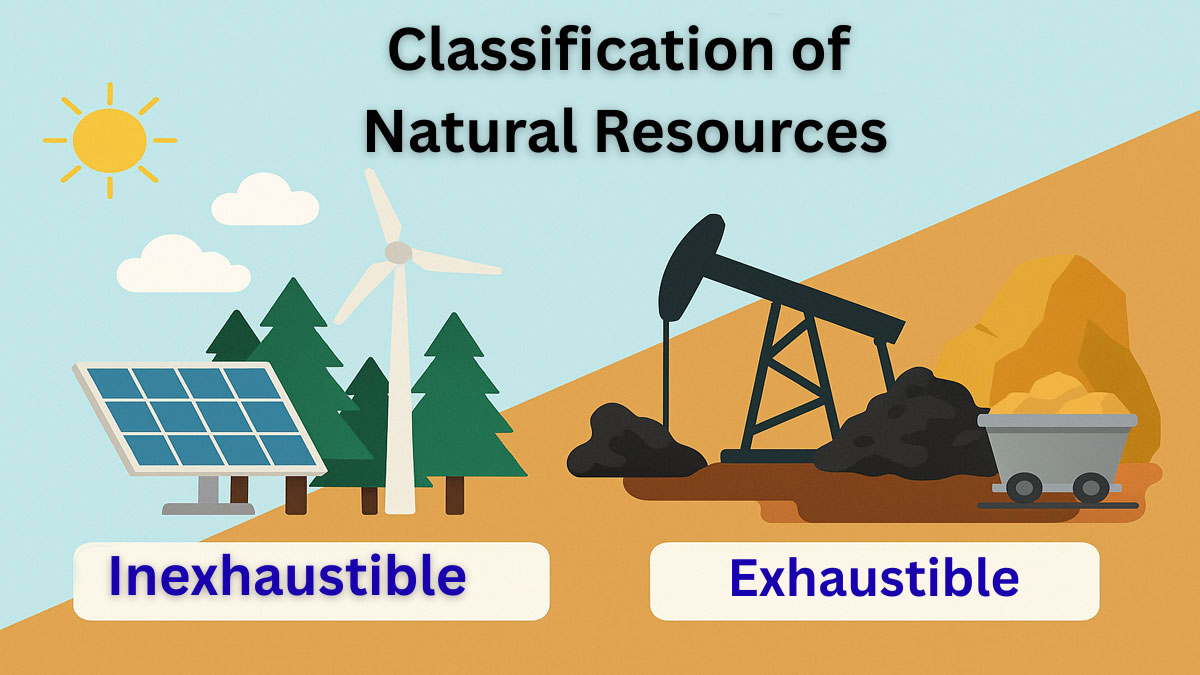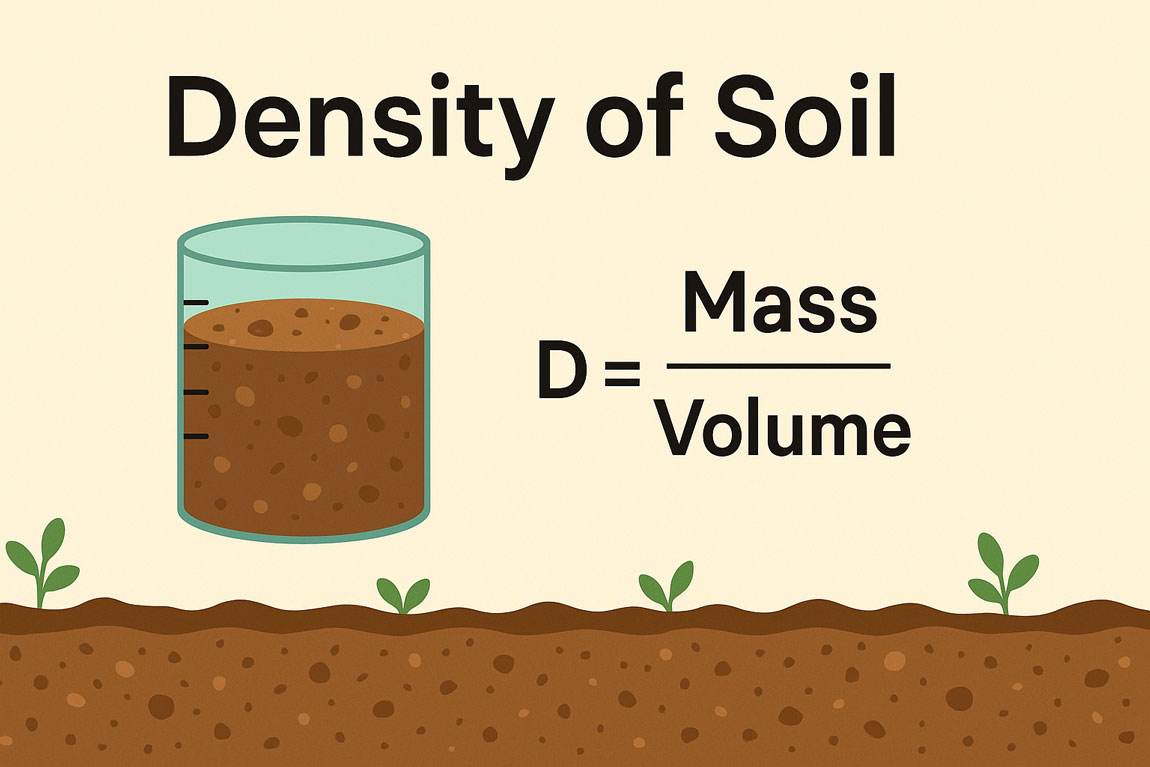Weathering is a fundamental geological process in which rocks on Earth’s surface are broken down by physical, chemical, and biological processes into silt, clay, soil, and water-soluble materials. Understanding climate is essential to understanding how our planet’s surface develops and how natural features such as mountains, valleys, and soils are formed.
Weathering:
Weathering is the breakdown of rocks and other materials on the Earth’s surface. It is an aggregate of processes involving physical destruction and chemical decomposition of earth material exposed to the atmosphere at the site of their occurrence with little or no transport. A slow, continuous process, it affects all substances exposed to the atmosphere.
Types of Weathering:
The three main ways in which weathering occurs are chemical weathering, physical weathering, and Biological weathering, which are discussed below.
- Chemical weathering
- Physical weathering
- Biological weathering
Chemical weathering:
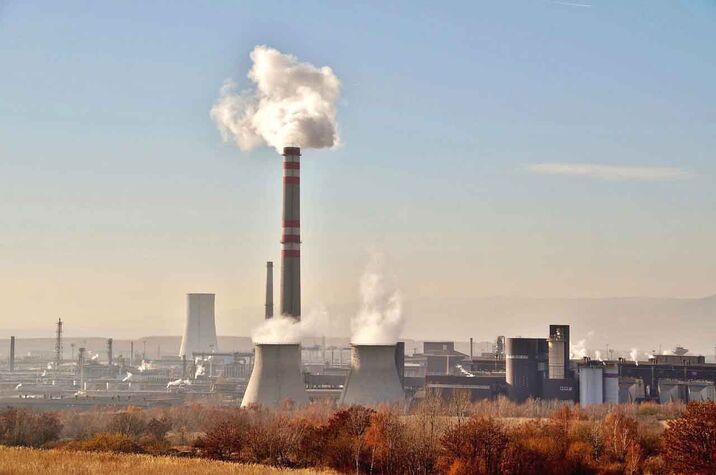
Chemical weathering is the weakening and subsequent decomposition of rocks through chemical reactions. These reactions include oxidation, hydrogenation, and carbonation. These processes create or destroy minerals and change the composition of rocks. Temperature and humidity are very important in chemical weathering; rock minerals weather faster chemically in hot and humid climates.
Oxidation is the reaction of rock minerals with oxygen, changing the rock’s mineral composition. When minerals in rocks corrode, their ability to resist weathering decreases. Iron is a popular mineral that turns red or rusts when it rusts.
Iron is reduced in olivine (Fe2SiO4) and oxidized in limonite (Fe2O3.H2O). Moreover, silicon’s release and subsequent hydration increase the mineral’s resistance to physical weathering. (Left image courtesy of USGS. Right image courtesy of http://www.csmate.colostate.edu).
Carbonation is a chemical process where rock minerals react with carbonic acid. Carbonic acid is formed when water and carbon dioxide combine. Carbonic acid dissolves or breaks down minerals in rocks.CO2 + H2O → H2CO3
(carbon dioxide + water → carbonic acid)
CaCO3 + H2CO3 → Ca2+ + 2HCO3-
(Calcite + carbonic acid → calcium + bicarbonate)
Hydrogenation is a chemical reaction caused by water. Water alters the chemical makeup and reduces the size of minerals in rocks, decreasing their resistance to weathering. Click on the video below to watch an explanation of the semi-weather-resistant mineralogy. When these minerals are fully hydrolyzed, clay minerals and quartz are formed, releasing elements such as potassium, calcium, or sodium.
Orthoclase, or alkali feldspar, is frequently encountered in igneous rocks. Its reaction with hydrogen produces kaolinite, silica, and potassium.2KAISi3O8 + 2H+ + 9H20 → H4Al2Si2O9 + 4H4SiO4 + 2K+
(Ortho clay + hau → kaolinit + silicon + calcium)
Physical weathering:
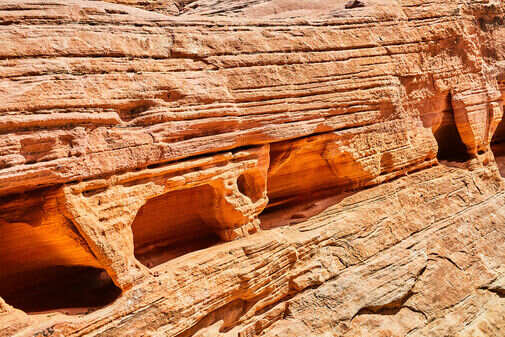
Physical weathering occurs when temperature changes affect rocks, causing them to break. The process sometimes requires water.
There are two types of physical weather:
- Freezing occurs when water seeps into cracks, drying them out and expanding them, causing the rock to crack.
- Pressure drop during uplift and erosion causes cracks to form parallel to the surface.
Where does it happen?
Physical climate occurs when the soil is thin, and the vegetation is sparse, such as mountainous areas and hot deserts.
How did it happen?
By the constant melting and freezing of water (mountains and tundra), the expansion and contraction of rock surfaces exposed to the sun (hot deserts).
Biological weathering:
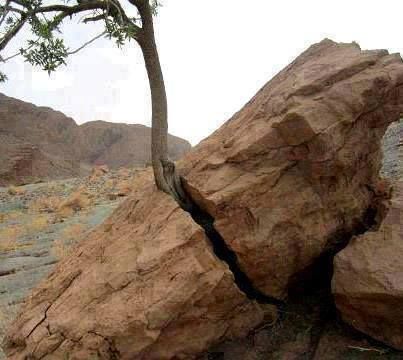
Biological weathering is caused by plants, animals, and microorganisms such as fungi and bacteria. It includes the contribution or removal of ions and minerals from the environment by weathering and physical changes resulting from the movement and development of organisms, such as the abrasion and breakdown of rocks by plants, animals, and organisms.
Biological Weathering by Microorganisms
- Collecting and digging up organisms such as wasps, earthworms, mice, etc., helps protect new floors from chemical attacks and helps prevent air and moisture penetration.
- Bacteria, algae, moss, and scum often grow on rock surfaces, especially in wet areas.
- It creates a weak acid that turns some minerals into clay.
- Mineral growth can damage many rock types, making them more vulnerable to weathering.
Biological Weathering by Plants and Animals
- Plant and animal decomposition helps produce organic acids, humic acids, and other acids, which promote the decomposition and dissolution of certain elements.
- The plant’s roots exert a lot of pressure on the soil material, which is separated mechanically.
Importance of Weathering:
- Soil formation: Weathering is essential for soil formation because it breaks rocks into smaller particles and mixes with organic matter.
- Nutrient cycling: Weathering releases essential nutrients from rocks into soil, making them available to plants.
- Landscape evolution: Weathering helps shape Earth’s surface features, such as valleys, mountains, and plateaus.
- Control of atmospheric CO2: Chemical weathering, especially carbonation, plays a role in the long-term control of atmospheric carbon dioxide levels, influencing Earth’s climate.
Earth system model about weathering:
The Earth System Model below includes some of the processes and phenomena associated with the carbon cycle. These processes occur at different rates and on various spatial and temporal scales. For example, carbon moves between plants and animals over relatively short periods (hours to weeks), whereas human extraction and burning of fossil fuels alter the carbon cycle over decades, and weathering and volcanic activity affect the carbon cycle over millions of years. Can you imagine other causal connections between parts of the carbon cycle and other processes in the Earth’s system?
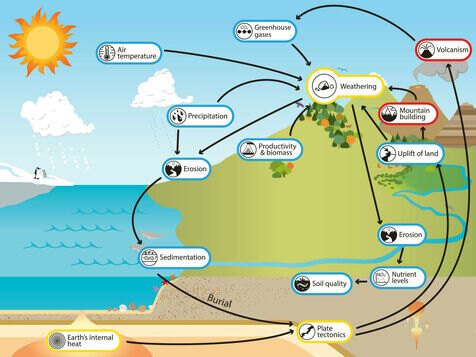
Conclusion:
Understanding the intricate weathering processes reveals how nature continuously shapes and reshapes our planet. Weathering plays a fundamental role in Earth’s dynamic system, from the gradual breakdown of rocks to the formation of soils. This natural process not only influences landscapes and ecosystems but also contributes to the cycle of nutrients essential for life. As we observe the effects of weathering in our environment, we gain a deeper appreciation for the forces that have sculpted the Earth over millions of years, reminding us of the ever-changing nature of our planet.




